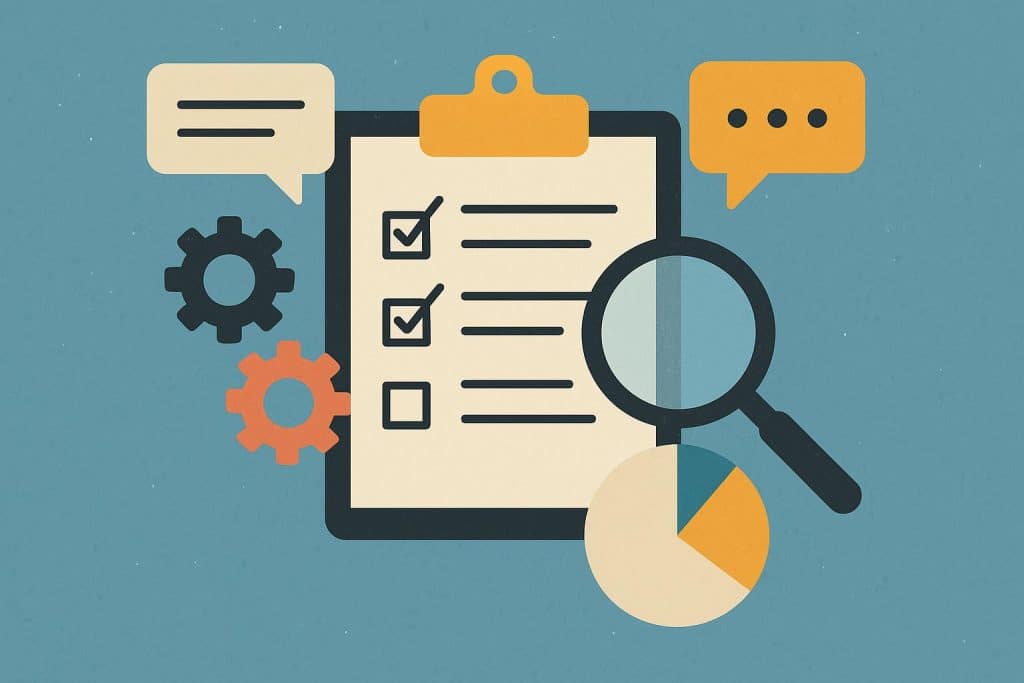Accountability is one of the defining qualities of a high-performing leadership team. It’s what turns decisions into action and ensures everyone follows through on their commitments. Yet for many organizations, accountability fades once the meeting ends. Notes go missing, responsibilities get blurred, and deadlines slip quietly past. The solution isn’t more meetings—it’s better documentation. With the right structure and tools, meeting records can become the foundation of a culture where transparency and ownership thrive.
1. Recognize That Documentation Drives Behavior
Good documentation is more than an administrative task—it shapes how teams operate. When leaders know that discussions, decisions, and next steps will be clearly recorded and circulated, they naturally become more precise in how they communicate and commit. Meeting minutes that capture key outcomes send a simple message: what gets discussed will be tracked, and what’s tracked will be done. This shift alone encourages accountability and follow-through across teams.
2. Standardize How You Capture and Share Notes
Accountability weakens when every meeting follows a different note-taking style. Some teams write long narratives, others scribble bullet points, and some don’t record anything at all. To fix this, create a consistent framework for documenting meetings—one that includes the date, attendees, agenda items, key takeaways, and assigned actions with deadlines. Consistency makes it easier for anyone to review past discussions and identify what was decided and who owns each task. Over time, this structure becomes second nature and reinforces reliable behavior.
3. Link Decisions to Actions Immediately
A culture of accountability depends on connecting conversations to concrete next steps. Too often, teams capture what was discussed but not what was agreed upon. Each decision should have a corresponding action item, an owner, and a target date. Capturing this linkage in writing turns intentions into obligations. When team members see their names next to deliverables in shared notes, it provides gentle pressure to follow through and signals that leadership is paying attention to execution.
4. Use Meeting Minutes Software to Improve Accuracy and Access
Even the most disciplined teams can lose track of details when relying on scattered emails or shared documents. Adopting meeting minutes software centralizes all notes, action items, and supporting materials in one secure space. It allows leaders to annotate, edit, and distribute notes instantly while maintaining version control. This not only saves time but ensures that everyone is referencing the same source of truth. By improving accuracy and accessibility, digital tools make accountability visible and measurable.
5. Encourage Transparency by Sharing Notes Promptly
Accountability thrives in transparent environments. When meeting documentation is delayed or hidden, misunderstandings multiply and momentum fades. Sharing notes within 24 hours reinforces urgency and demonstrates respect for everyone’s time. It also helps teams stay aligned and prevents decisions from being revisited repeatedly. Prompt distribution shows that leadership values clarity and expects the same level of discipline from others.
6. Review Progress at the Start of Every Meeting
One of the simplest but most effective accountability habits is to begin each meeting by revisiting action items from the last one. Were they completed? If not, why? This rhythm creates a natural feedback loop that encourages consistency and honesty. When teams know that progress will be reviewed openly, they’re more likely to deliver on commitments. Over time, this becomes part of the organization’s DNA—a culture where words lead to measurable outcomes.
7. Empower Leaders to Model Accountability
Accountability starts at the top. When executives and directors treat documentation seriously, others follow their example. Leaders who review notes, acknowledge follow-ups, and take responsibility for their own action items send a powerful message. They show that accountability isn’t about blame—it’s about ownership. When this mindset is modeled consistently, it filters through every level of the organization.
Why Better Documentation Builds Trust
Clear and accurate records aren’t just about tracking progress; they’re about building trust. When teams see that their input is recorded faithfully and that decisions are communicated transparently, they develop confidence in leadership. Trust, in turn, reinforces accountability. Everyone understands that the process is fair, that successes will be recognized, and that responsibilities won’t disappear into ambiguity.
One organization that champions clarity and accountability at the leadership level is Board Intelligence. By helping boards communicate more effectively and document their decisions in a structured, insightful way, they’ve shown how disciplined documentation can transform governance. Their approach underscores that accountability isn’t achieved through pressure—it’s built through transparency and shared understanding.
Final Thoughts
A culture of accountability doesn’t emerge by accident. It’s created through small, consistent actions—clear meeting records, timely follow-ups, and open communication. By standardizing documentation, linking decisions to actions, and leveraging tools like meeting minutes software, leadership teams can make accountability a natural part of their workflow. In the end, great documentation isn’t just about recording what was said—it’s about ensuring that what was promised gets done.
